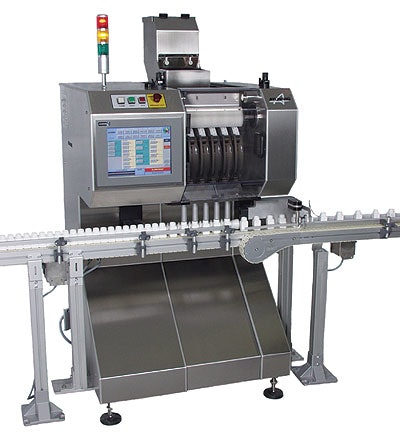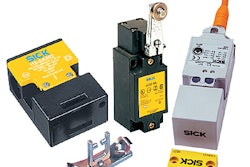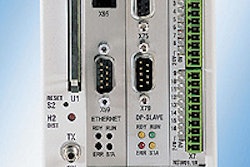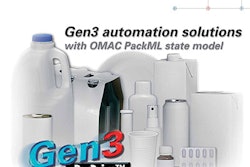
A switch from stepper drives to servo-based integrated logic/motion controls has helped Aylward Enterprises, a manufacturer of bottle fillers for the pharmaceutical industry, achieve 100% fill accuracy, increased speed, and a simplified motion control solution. The manufacturer replaced stepper-driven motion controls with the Giddings & Lewis MMC for PC controller card, servos, and drives from Sheffield Automation. The card fits into a PCI slot in the machine’s HMI PC. This is an integrated controller that handles both motion and logic.
“Thanks to the new controls, we can now guarantee 100 percent accuracy on fill count,” says John Michaels, electrical engineer at Aylward. “We can also tell if it’s a whole tablet or just a chip being filled.”
The Food and Drug Administration requires that pill count accuracy be guaranteed in each bottle. Michaels believes Aylward can guarantee 100% fill accuracy on its machines because of the precision of the servo drives.
The patented filling operation on the machine is carried out by rotating wheels. Each filling system is based on multiple counting wheels ranging from one wheel to 30 wheels. Each wheel is dedicated to one bottle and is run by its own servo motor and drive.
Pockets, in which the tablets fit, are cut into the wheels vertically. As the wheel rotates, the tablets fall out of the pockets and into the bottles waiting underneath. As the tablets fall, they pass by a photoeye that counts them. The wheel stops when the photoeye detects the correct number of tablets. This is vital to the accuracy of the machine because a slight overshoot can cause an extra tablet to fall into the bottle.
With servo update times of 1 millisecond, Aylward is able to guarantee that the wheel will stop and allow only the allotted number of tablets to drop into the bottle. Additionally, the machine can now detect if it is a whole tablet or only a portion. The drop-time duration is measured every millisecond. If it is less than the premeasured time it takes for a whole tablet to fall, the bottle is rejected.
According to Michaels, increased speed is also a benefit. Depending on the size of the product, the size of the bottle, and the number of counting wheels, the machines can fill up to 400 bottles/min.
Because all motion and logic control is performed on one board, there is little lag time in communication between motion and the I/O. Michaels says it’s also beneficial that there are no communication troubles between different manufacturers.






















